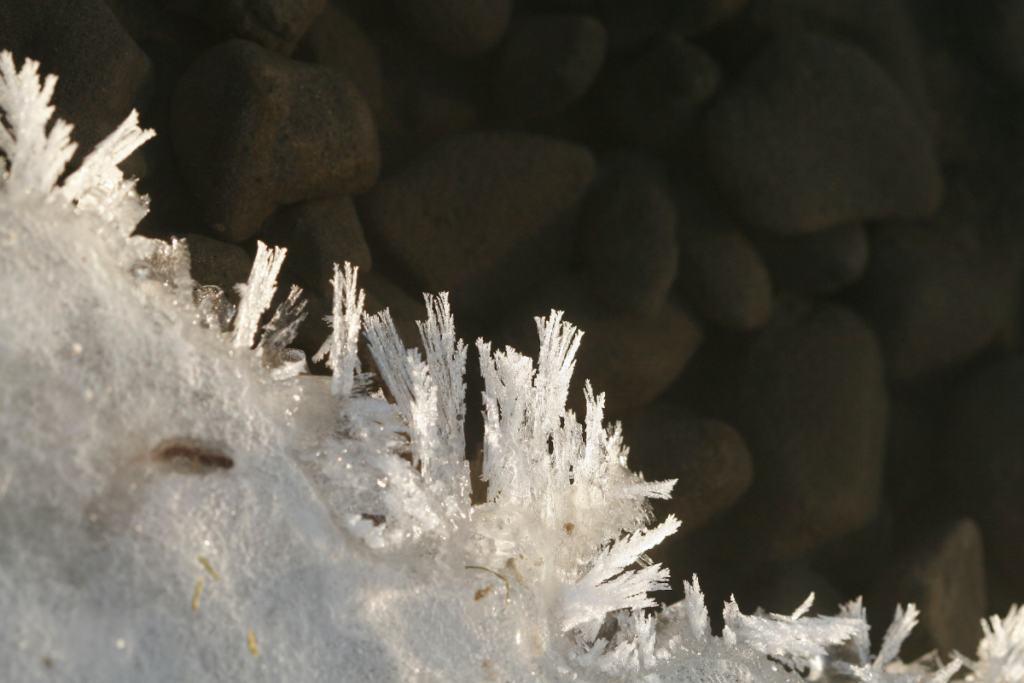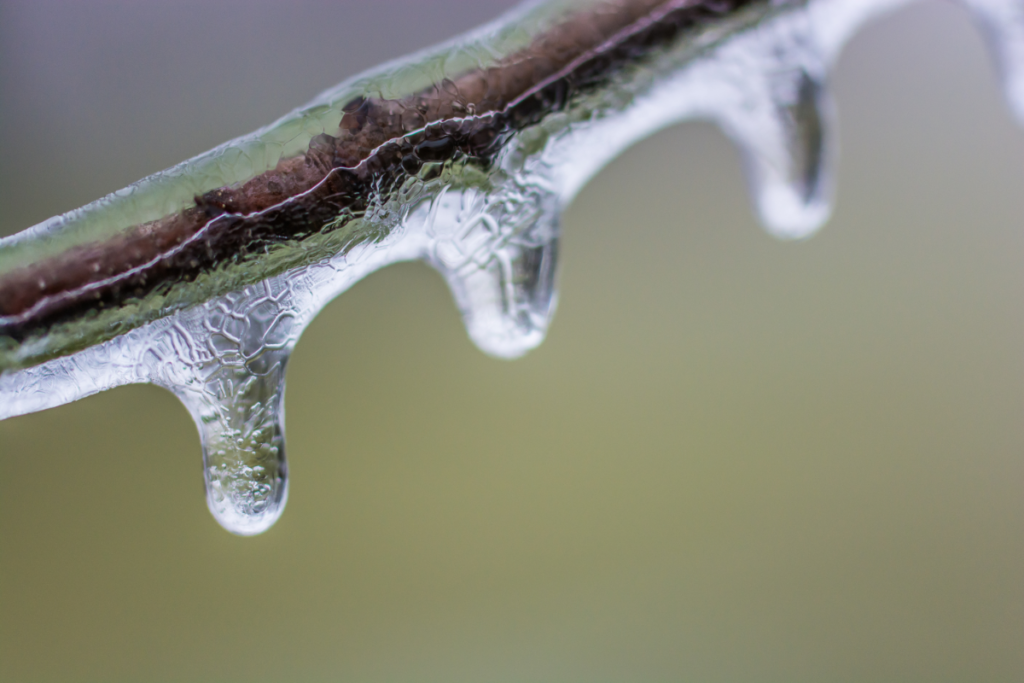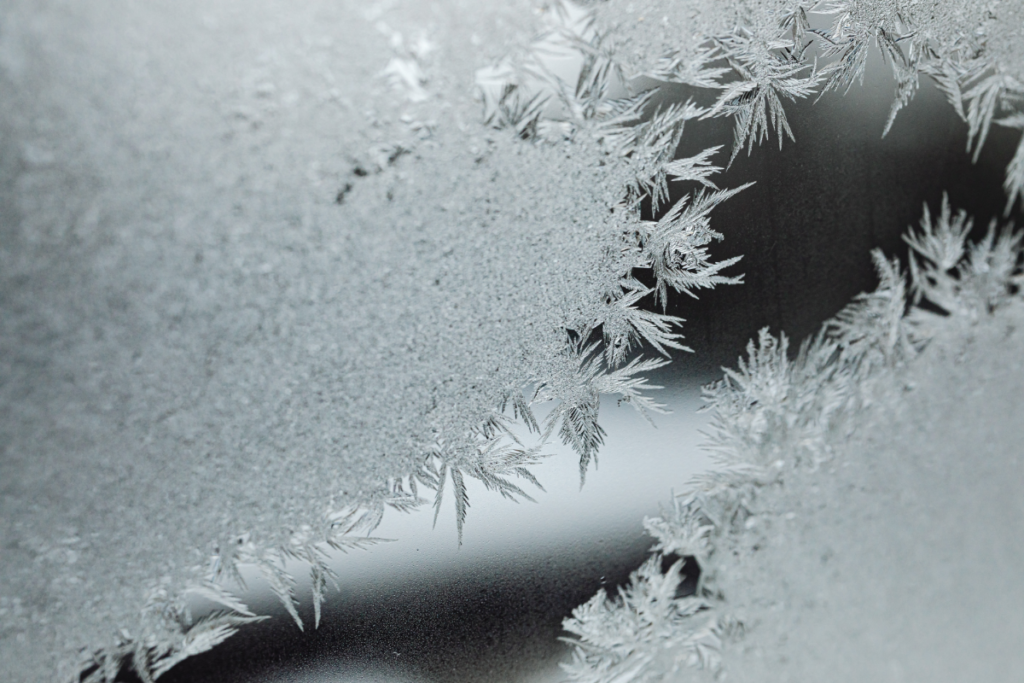Welcome back to the Lab!
At the start of winter, we discussed freeze avoidance, an overwintering strategy where insects prevent ice from forming inside their bodies through a variety of strategies. Now, with spring just around the corner, winter has a way of creeping back in for an unwelcome jump scare; and with extreme temperatures come extreme strategies like freeze tolerance.
Before we get into the mechanism of freeze tolerance, it’s important to understand why freezing is so detrimental in the first place. As ice crystals form within the body, they grow and occupy the space outside our cells, the extracellular space. In order to continue growing, ice crystals need a consistent source of water, so it is leeched from the surrounding cells via osmosis, causing the cells to shrink and become dehydrated and deformed.
As the ice crystals continue to grow, the situation becomes even more dire, as extracellular space becomes limited and cells can literally be crushed or punctured by the growing ice crystals. This is the same process that leads to frostbite in our own bodies. Poor cells.

So how do freeze tolerant insects combat ice formation within their bodies? Instead of removing ice nucleators (sites where ice crystals begin forming) from their body, freeze tolerant insects actually produce ice nucleating proteins within their extracellular space (and occasionally, in their intracellular space). By initiating ice formation, they can manage the size of the crystals within their bodily fluids; smaller crystals mean less damage to cellular tissue.
Since ice crystals can form spontaneously at low temperatures, insects that practice this strategy try to get ahead of the curve by producing these proteins at relatively warm temperatures. This allows them to regulate the formation of ice crystals in the case of a sudden temperature drop. Remember, freeze tolerance is a strategy predominantly practiced by insects in the southern hemisphere, where temperatures can drop suddenly and for short periods of time. This is opposed to the northern hemisphere, where we experience longer, extended periods of seasonal cooling and insects have a chance to prepare for winter accordingly.

Once ice crystal formation is initiated within the insect’s body, the insect must now face the challenge of preventing cells from becoming dehydrated and/or damaged. They do this by producing cryoprotectants, a strategy similar to freeze avoidant insects. The most common cryoprotectant, again, is glycerol. Glycerol is less polar relative to water, and is therefore able to “distract” the hydrogen bonds that holds water molecules together, disrupting ice crystal formation.

When comparing the two strategies, freeze avoidance certainly seems like a safer alternative to freeze tolerance, so why evolve the latter at all?
It all comes down to temperature and seasonality. If you recall from our issue on freeze avoidance, insects start producing ice nucleating inhibitors slowly over time, beginning as the temperature drops as we move into fall, so that by the time winter arrives, the insects are prepared for the freeze.
Freeze tolerant insects act on a much shorter timescale, producing ice nucleating proteins at a temperature relatively warmer than the temperatures at which freeze avoidant insects produce ice nucleating inhibitors. Again, this is a strategy practiced by a majority of insects in the southern hemisphere, where temperature drops can be sudden, extreme, and short-lived.
Unless you live in Montana, when winter shows back up whenever it wants.
Until next time, thanks for visiting the lab!
Bug Wrangler Brenna
brenna@missoulabutterflyhouse.org
Want to revisit a previous Notes from the Lab issue? Check out our archive! Do you want to request a subject for an upcoming issue? Email me at the address above and put “Notes from the Lab” in the subject line.